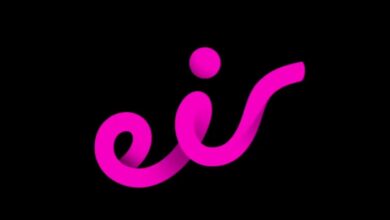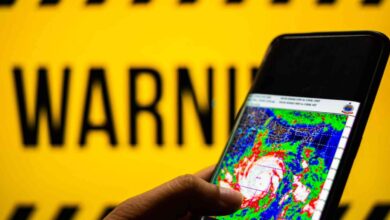Will DoT and MIB clash over broadcasting control heat up in Modi govt’s third term?

Rapid digitisation of content and communication technology is pushing policy makers to reconsider their approach to regulate these sectors and think on the line of convergence. As convenient as it sounds, the idea of convergence is not going down well with the concerned ministries. Both DoT (Department of Telecommunications, under the Ministry of Communications) and MIB (Ministry of Information and Broadcasting) want to control broadcasting. According to sources close to developments, the battle for control will likely escalate after the 2024 Lok Sabha elections, in what is expected to be Narendra Modi’s government’s third term.
The crux of the issue lies in the perceived synergy between broadcasting and the telecom/technology ecosystems.
For instance, there is the D2M (Direct-to-Mobile) issue.
While DoT’s push for control intensifies as D2M gains traction, sources reveal D2M also finds mention in MIB’s 100-day agenda.
“With D2M in the works, DoT wants more control and MIB doesn’t want to lose any. There have also been high-level meetings on these matters,” said the source.
Administrative overlap and convergence
Telecom Regulatory Authority of India (TRAI), which already regulates tariff structures and distribution aspects of broadcasting alongside telecommunication regulations, has already touched upon the overlap issue between the ministries.
In its 2023 consultation paper on ‘Regulating Converged Digital Technologies and Services –Enabling Convergence of Carriage of Broadcasting and Telecommunication services’, TRAI has clearly highlighted the need for convergence.
“In India, technological evolution has led to overlapping functions such as IPTV services, the permission for which is granted by DoT as well as MIB,” said the paper.
It also highlights how the blurred boundaries due to convergence are also resulting in overlapping of administrative jurisdictions.
While DoT has been entrusted with the function of licensing of internet services, all other matters related to Internet (other than licensing of Internet Service Provider) including promotion of internet, IT and IT enabled services have been entrusted to the Ministry of Electronics and Information Technology (MeitY).
Similarly, policy, licensing and coordination matters relating to data services and other forms of communications have been allocated to DoT in allocation of business rules.
“The policy related to Data Centers, policy on Open Application Programming Interfaces, policy on Open Government Data (OGD) Platform, etc. have been framed by MeitY. Similarly, the IT content regulation function which was under MeitY has now been bifurcated and the OTT broadcasting content regulation has been given to MIB. Blocking of websites is under the purview of MeitY, and the same is done through DoT,” said the paper, explaining the lines of control in the internet and broadcast ecosystem.
Stakeholders are also not particularly pleased with the idea of convergence, at least not how the government is proposing it.
The News Broadcasters & Digital Association (NBDA), for instance, in response to the same paper, had said, “Broadcasting services are a very different and distinct service/category in comparison to ‘telecommunication services’, as the latter is concerned with voice and data services while the former involves offering of programming services and content to the consumers. That merely because telecommunication, broadcasting and data service are at times delivered through common delivery platforms, the same cannot be interpreted as convergence of such services and/or a reason to advocate for a converged legal, administrative, licensing and regulatory regime for sectors which are substantially different.”
Globally, a lot of countries have telecommunications and broadcasting authorities under one head.
In the US, FCC (Federal Communications Commission) regulates providers of telecommunication services, broadcasting services, cable services and its content.
In the UK, the principal code for regulating content is the Ofcom (Office of Communication) Broadcasting Code, however, media content regulation is carried out by different regulators based on the type of media.
Australia has an inter-related framework comprising funding and regulatory mechanisms to secure Australian content. The Government and ACMA (Australian Communications and Media Authority) are responsible for regulating the screen industry and publishing information for compliance purposes.
Can convergence resolve the current conflict or will the power struggle between the ministries continue?
According to experts, the final decision will shape how India navigates content in the coming years. DoT’s potential control could lead to a more technology-driven approach, while MIB’s continued influence might prioritise content regulation and traditional broadcasting structures.



